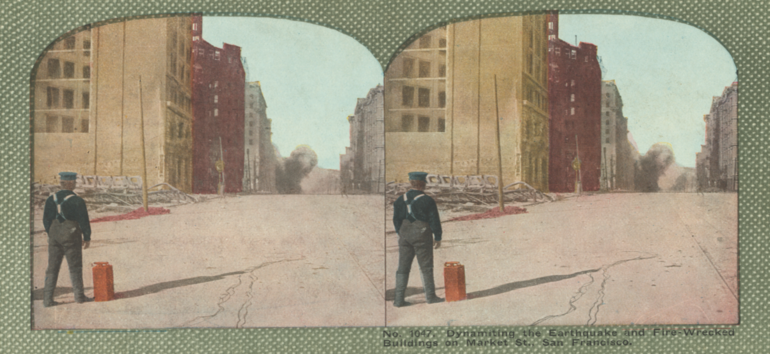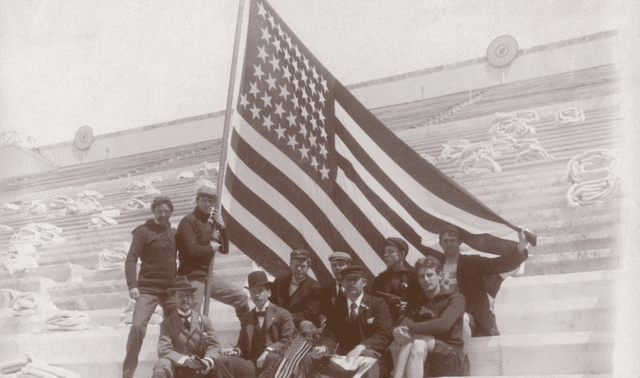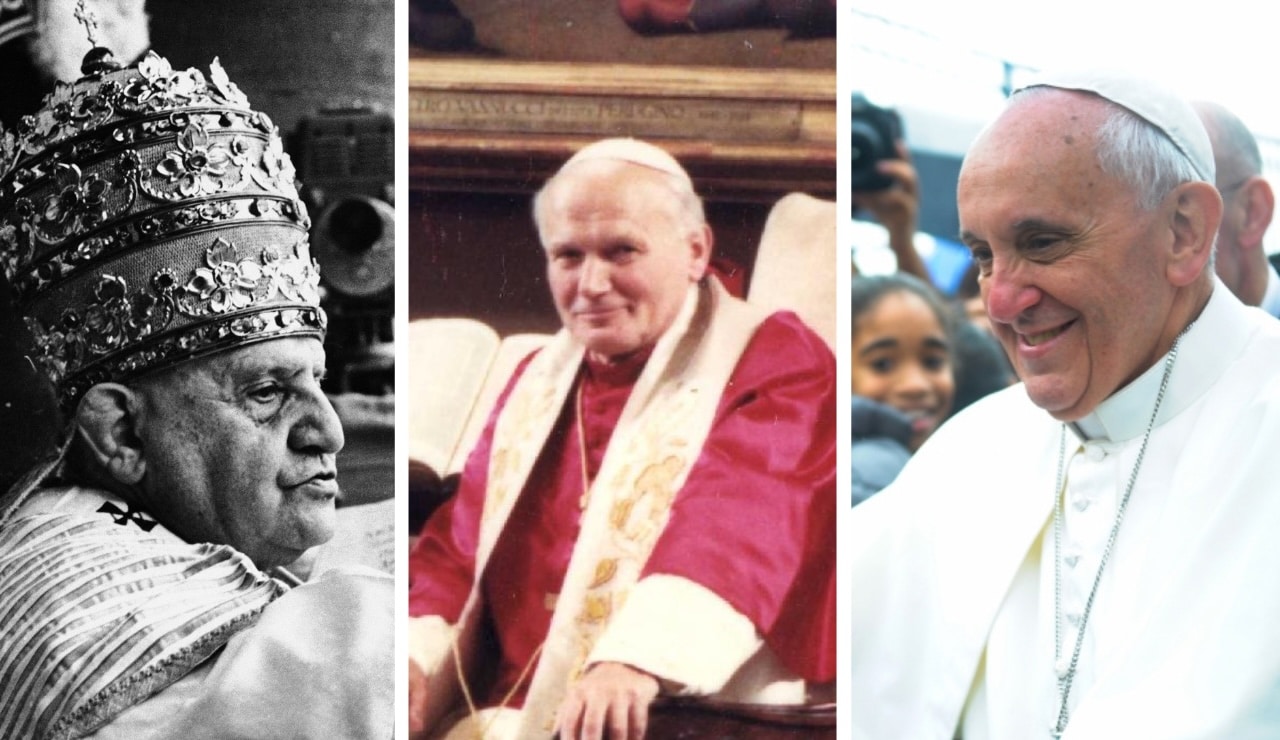You might say that civilization has progressed, at least in part, by blowing up stuff. Not just competing civilizations, but also mine shafts, tunnels, roads and railways. For much of human history, these explosions relied on gunpowder, invented in China during the ninth-century Tang dynasty. Practical alternatives came along only in the 19th century, when safer and more effective explosives enabled breakthroughs in mining and transportation.
Ironically, the discovery of gunpowder—or “black powder”—may have been part of a Taoist alchemical quest for “the elixir of life.” Considered one of the four great inventions of China (along with the compass, paper and printing), gunpowder combines saltpeter, sulfur and charcoal. The earliest surviving formula for gunpowder dates from 1044, in a manual whose title translates to The Complete Essentials for the Military Classics. Although too low in saltpeter to actually explode, this early gunpowder was nonetheless highly flammable, useful for creating flaming arrows and firebombs.
China’s Gunpowder Age also introduced the “thunderclap bomb,” described after the 1126 siege of Kaifeng: “At night the thunderclap bombs were used, hitting the lines of the enemy well, and throwing them into great confusion. Many fled, screaming in fright.”
Mongol conquerors—who learned about gunpowder the hard way, while attacking China—helped spread the explosive westward in the 13th century. The successors to Genghis Khan also improved the formula to make gunpowder more truly explosive.
The earliest European mention of gunpowder is found in the Opus Majus, an encyclopedic 1267 tome by the English friar and philosopher Roger Bacon. “Black powder” was soon put to use in guns, cannons and fireworks.
As early as the 15th century, miners and civil engineers recognized gunpowder’s potential for more-constructive destruction. The oldest written record of gunpowder used in mining dates from 1627 in Hungary. German miners took the idea to Britain in 1638. The first major civil engineering project to benefit from gunpowder was the Canal du Midi, completed in 1681. Its 150 miles of waterways with 100 locks connected the Atlantic and the Mediterranean across southern France. In America, gunpowder helped build the 363-mile Erie Canal between 1817 and 1825.
But mining and construction with gunpowder remained a risky endeavor, however, until the invention of the safety fuse by William Bickford in 1831. Inspired by watching a friend braid a rope, the English inventor wove together yarn and gunpowder, then waterproofed the fuse by coating it with tar. A factory in Tuckingmill, launched with Bickford’s son-in-law shortly before the inventor’s death, churned out 45 miles of safety fuse its first year.
By that time, other inventors were finally exploring alternatives to gunpowder. In 1832, French chemist Henri Braconnot first made nitrocellulose, or guncotton, by combining nitric acid with wood fibers or starch. Christian Friedrich Schönbein, a German-Swiss chemist, accidentally discovered a practical method of making guncotton in 1845, when he used his wife’s cotton apron to wipe up spilled nitric acid. When he hung the apron by the stove to dry, the fabric spontaneously and almost smoklessly ignited.
A few years later, German chemist Julius Wilbrand invented another nitrogen compound, trinitrotoluene—better known as TNT. But Wilbrand’s 1863 discovery was initially used as a yellow dye rather than an explosive. His TNT was too difficult to detonate using the technology of the time. Beginning in 1891, though, TNT’s “high activation energy” eventually made it a safer alternative to more volatile explosives. After Americans’ widespread adoption of TNT for building railroads, it became the standard for explosives: Years later, even the yield of atomic bombs would be measured in terms of TNT.
Dynamite is often confused with TNT, but Alfred Nobel (yes, the namesake of the peace prize) invented the former in 1867. It employed yet another nitrogen compound, nitroglycerin, which Italian chemist Ascanio Sobrero had created in 1847. Although Sobrero succeeded in formulating an explosive more powerful than gunpowder, he warned that it was too unstable for practical use and later lamented, “I am almost ashamed to admit to be its discoverer.” Simply shaking a bottle of nitroglycerin might cause it to explode.
Liquid nitroglycerin would claim many lives in accidental explosions, including those of Nobel’s younger brother and several factory workers in Heleneberg, Sweden, in 1864. A crate of nitroglycerin destined to help build the Central Pacific railroad’s Summit Tunnel through the Sierra Nevadas exploded in a San Francisco Wells Fargo office in 1866, killing 15 people. That blast led to a California ban on the transportation of nitroglycerin, requiring much of the explosives used for the transcontinental railroad to be manufactured on site.
Alfred Nobel, who had introduced Sobrero’s invention to his family’s business, spent several years trying to make it safer to use. In 1865 he invented the blasting cap, which made nitroglycerin safer to detonate. But a Nobel factory in Krümmel, Germany, that made a nitroglycerin-gunpowder mixture called “blasting oil,” was destroyed not once but twice.
Finally, Nobel came up with the idea of mixing nitroglycerin with diatomaceous earth, a soft, absorbent rock mostly made of fossilized algae (and today found in potting soil and cat litter). The resulting paste could be formed into sticks—perfect for inserting into holes drilled in rocks meant for demolition. Nobel called his invention, patented in 1867, dynamite.
Like TNT, whose explosive power had not yet been appreciated, dynamite truly explodes rather than merely burning rapidly. That detonation releases much more energy than previous explosives, making dynamite ideal for blasting even the most stubborn natural obstacles.
The first commercial use of dynamite was a demonstration at the Merstham quarry in Surrey, England. Miners and civil engineers were quick to catch on to the potential of Nobel’s invention. Dynamite—and more than 350 other patents—made him a wealthy man.
Alfred Nobel used his fortune to endow a series of annual prizes for achievements in physics, chemistry, physiology/medicine, literature and peace. (An economics prize was added in 1968 with a donation from Sweden’s central bank.) A few months before his death on Dec. 10, 1896, Nobel was prescribed a medication for his heart—nitroglycerin. William Murrell, an English physician and toxicologist, had begun experimenting with small doses of nitroglycerin in 1878 to alleviate the chest pain of angina. After The Lancet published his results in 1879, the treatment became widespread.
The irony of this medicinal use of the dangerous explosive wasn’t lost on the inventor. He wrote to a friend: “Isn’t it the irony of fate that I have been prescribed nitro-glycerin, to be taken internally! They call it Trinitrin, so as not to scare the chemist and the public.”
From the January/February 2017 issue of Family Tree Magazine.





